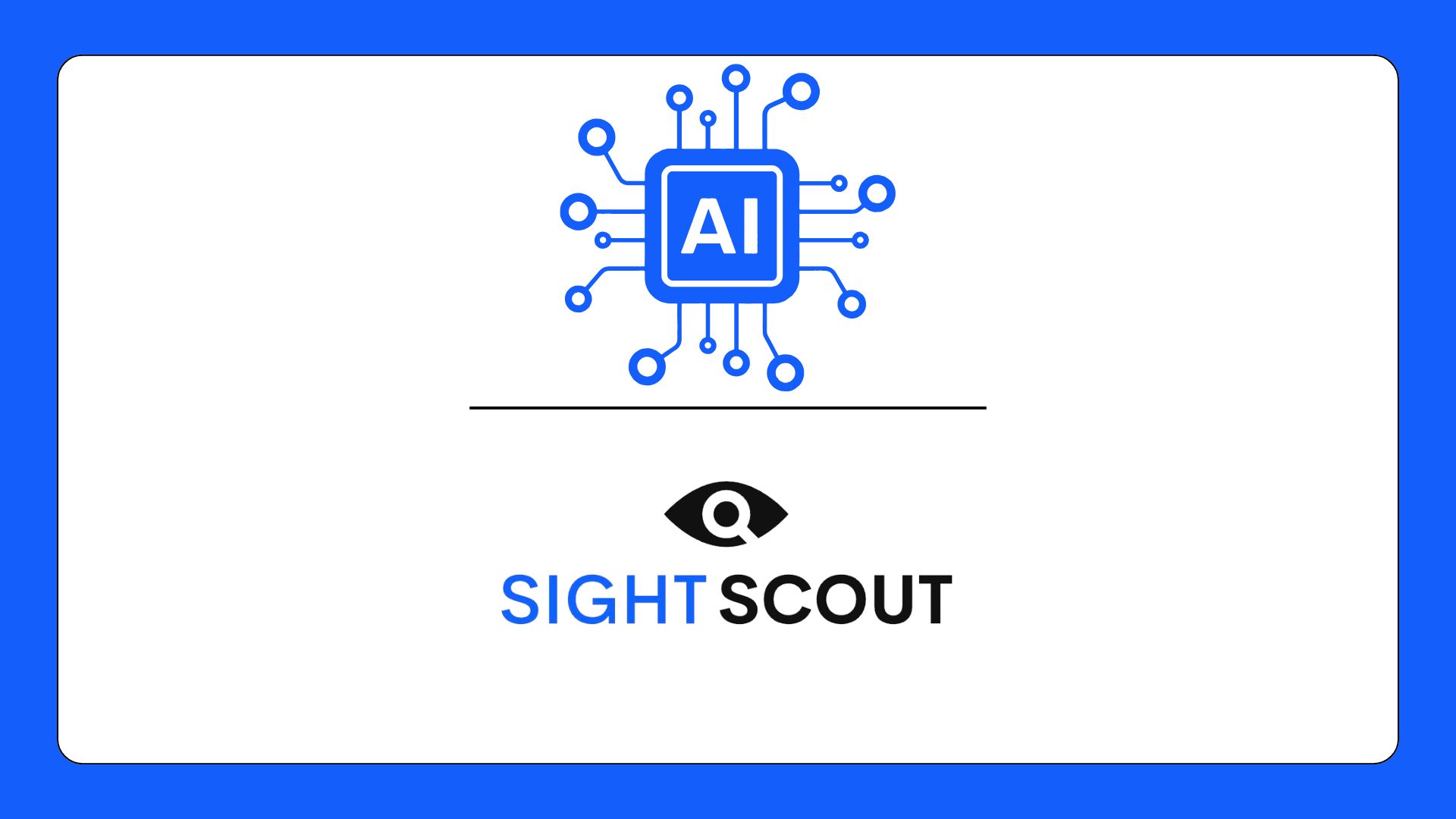Visual Product Finder API: Help Customers Find Exactly What They Want

Consumers of today are expecting more visual search options that enable them to find what they're looking for through image recognition, as opposed to traditional text-based searching. A Visual Product Finder API transforms how customers engage with products online. SightScout API has become one of the leading solutions in this field thanks to its advanced, user-friendly features, which enable online merchants to offer a more rapid and personalized shopping experience.
Exploring SightScout API: The Power of Visual Search
SightScout API leverages cutting-edge computer vision and machine learning to analyze, understand, and match images to products within a retailer’s catalog. This is especially advantageous for e-commerce platforms that serve visually-driven industries, such as fashion, home decor, accessories, and beauty. Rather than relying on keywords alone—which can be limited by individual shoppers’ vocabulary—it translates visual cues directly into product suggestions, offering an intuitive and seamless shopping experience.
By analyzing details such as color gradients, shapes, and unique design patterns, SightScout API can quickly identify and categorize products, giving shoppers instant access to items that closely match what they’re looking for. This feature empowers customers to explore a store’s offerings with a depth that text searches often cannot achieve.
Endpoints
Save Record or Asset in Index: Adds or changes entries to the index. Records without an objectID are automatically assigned one by SightScout. If you provide an existing objectID, all other characteristics are completely replaced. The product_id is an optional feature that allows you to link several photographs to a single product, which is very useful for e-commerce sites.
POST https://sightscout.net/api/v1/indexes/YOUR_INDEX_HOST/saveRecord
{
"objectID": "your-object-id",
"image_url": "value1",
"product_id": "value2",
"meta_data": "{\"color\":\"azul\",\"talle\":\"M\",\"brand\":\"ExampleBrand\"}"
}Search Endpoint: Provide the URL of an image to be searched in the index.
POST https://sightscout.net/api/v1/indexes/YOUR_INDEX_HOST/search
{
"image_url": "https://example.com/image.jpg"
}Advanced AI-Powered Image Recognition
At the core of SightScout’s effectiveness is its robust AI image recognition, built on deep learning models capable of “seeing” details with a human-like level of discernment. These models are constantly trained on vast datasets of images, which allows the API to recognize increasingly diverse patterns, textures, and product features over time. This adaptive learning is crucial for e-commerce sites, where trends and product designs frequently change. Its AI remains up-to-date, ensuring that it delivers accurate matches even for newly launched products or trending designs.
Its machine learning algorithms go beyond basic color or shape recognition; they are trained to understand subtle nuances like fabric textures, product finishes, and even stylistic features. This means that even when a shopper uploads a photo of a unique item, SightScout can provide matches that accurately reflect the look and feel they’re seeking, enhancing the customer’s satisfaction and sense of discovery.
Its ability to integrate seamlessly is one of its main advantages. SightScout's API is flexible enough to accommodate a retailer's particular setup and is made to operate with a variety of e-commerce systems, including Shopify, Magento, and WooCommerce. Because of its modular design, companies can incorporate it without significantly altering their current infrastructure. Even for non-technical teams, the documentation for the API offers a thorough, step-by-step tutorial that cuts down on setup time and resources.
With customization possibilities, businesses may adopt the visual search experience to the demographic and brand style of their business. Customizing filters (size, brand, price range, etc.) and giving particular product attributes priority when searching are examples of this. A luxury apparel business could want the API to highlight exclusive designs or high-end fabrics, for example, whereas a merchant of home décor might place more importance on room size relevance and style compatibility.

